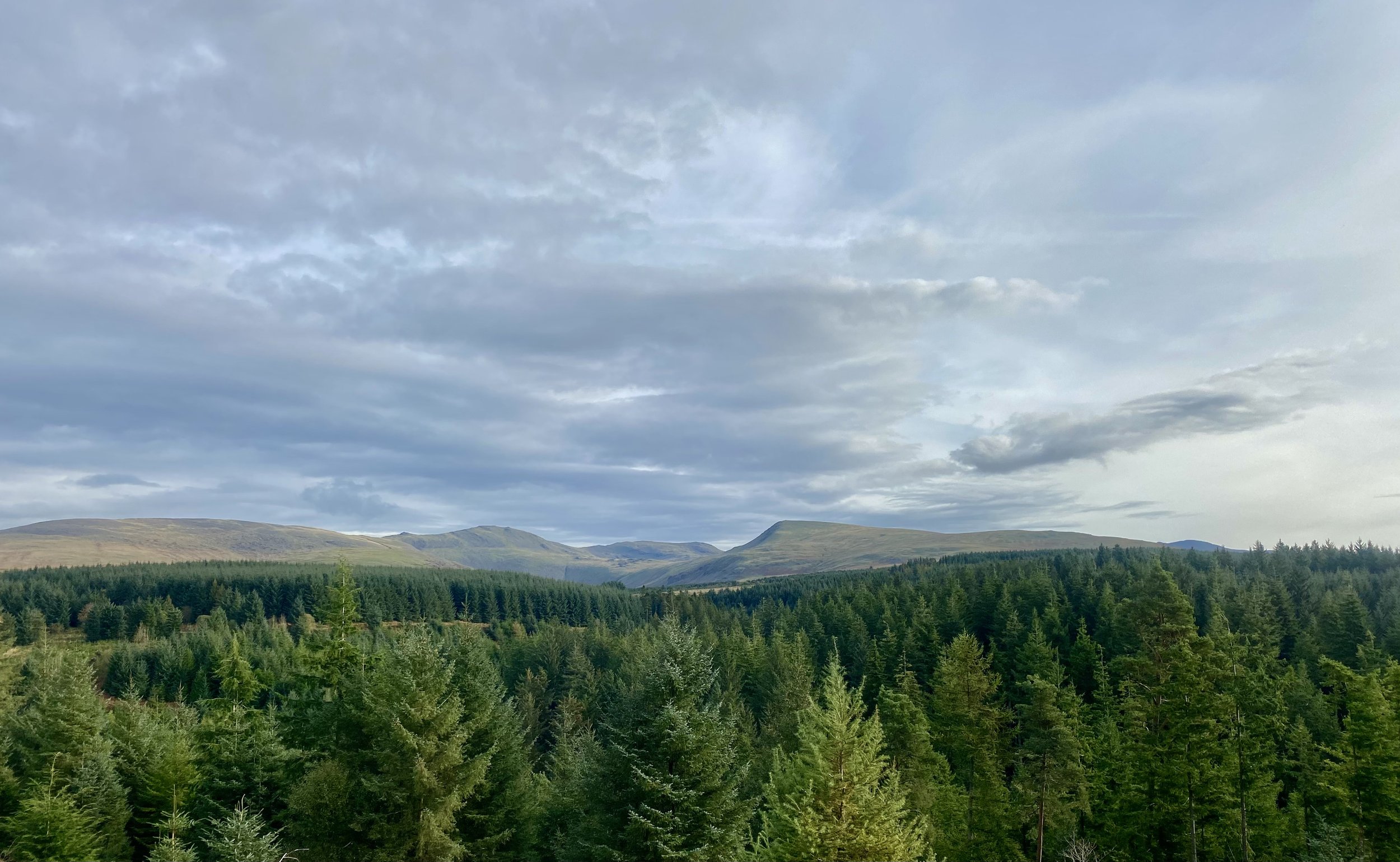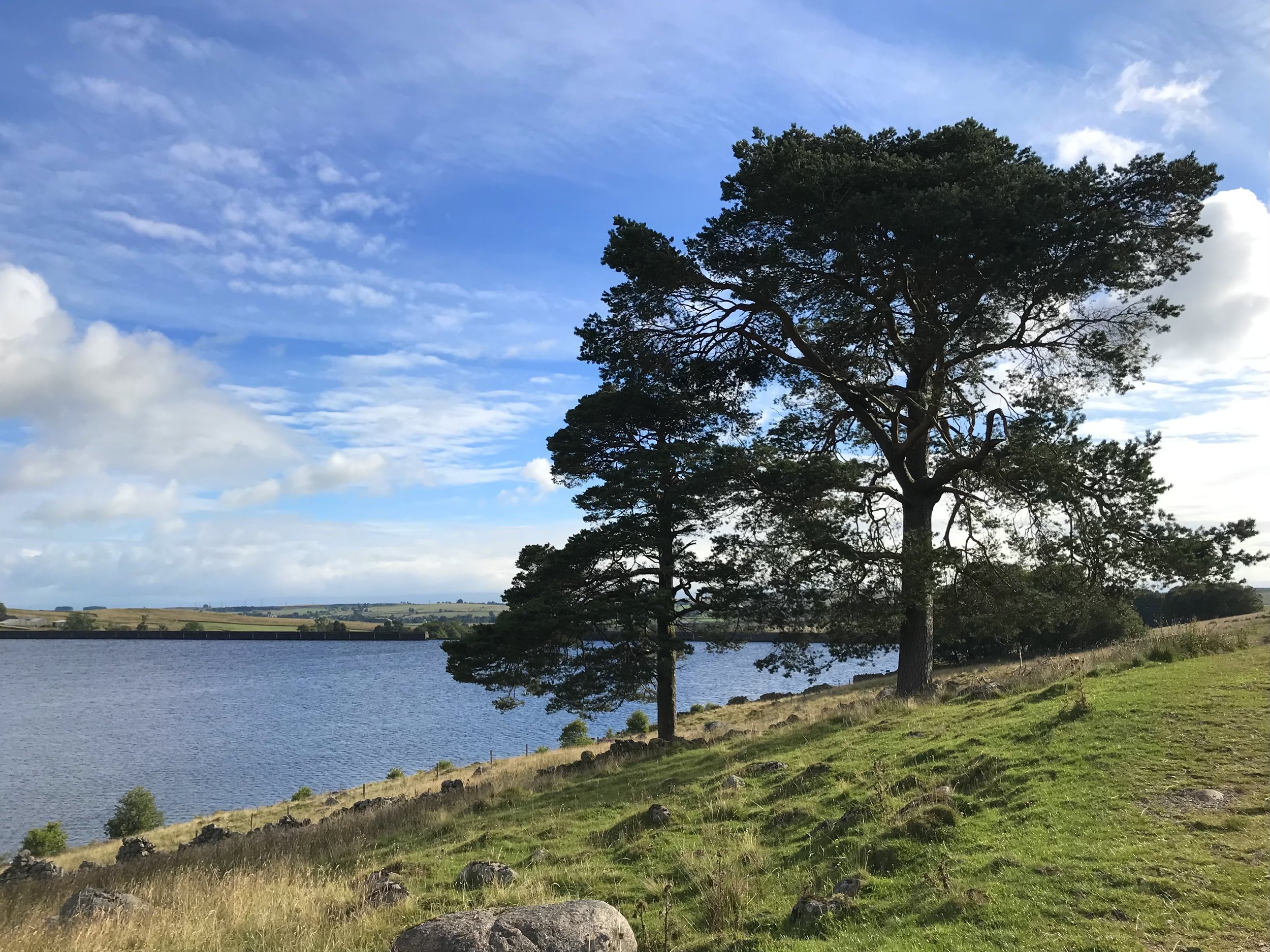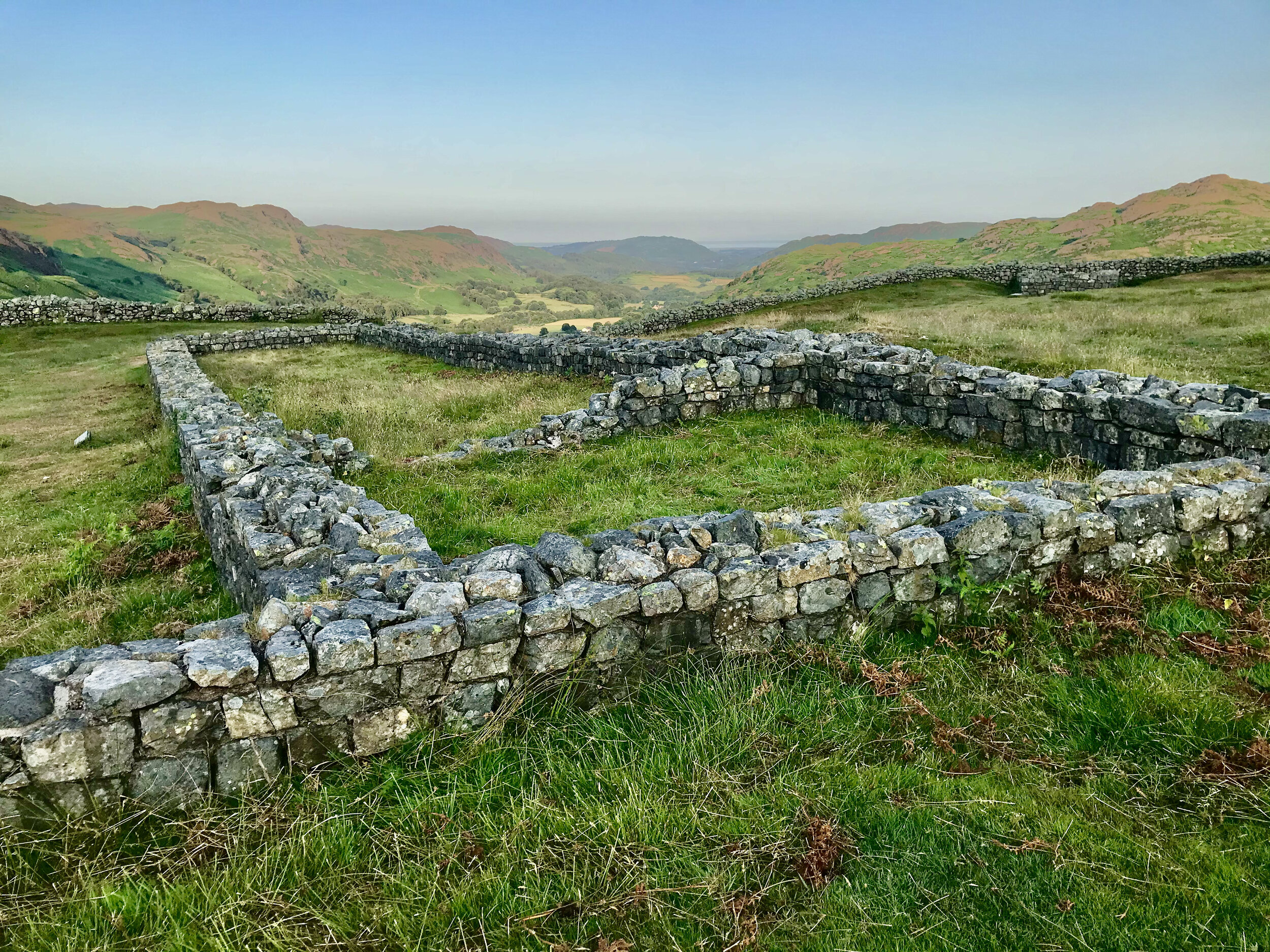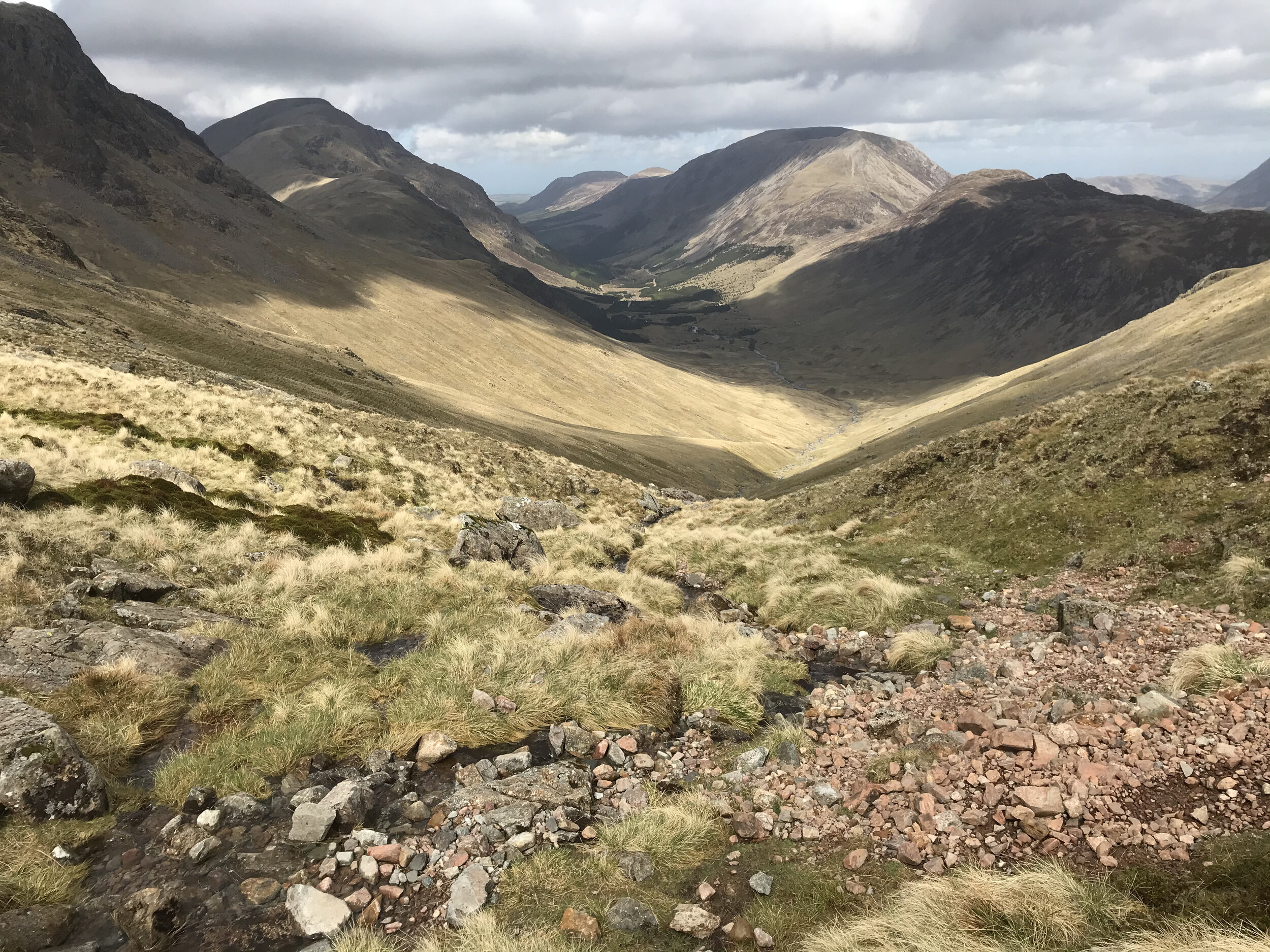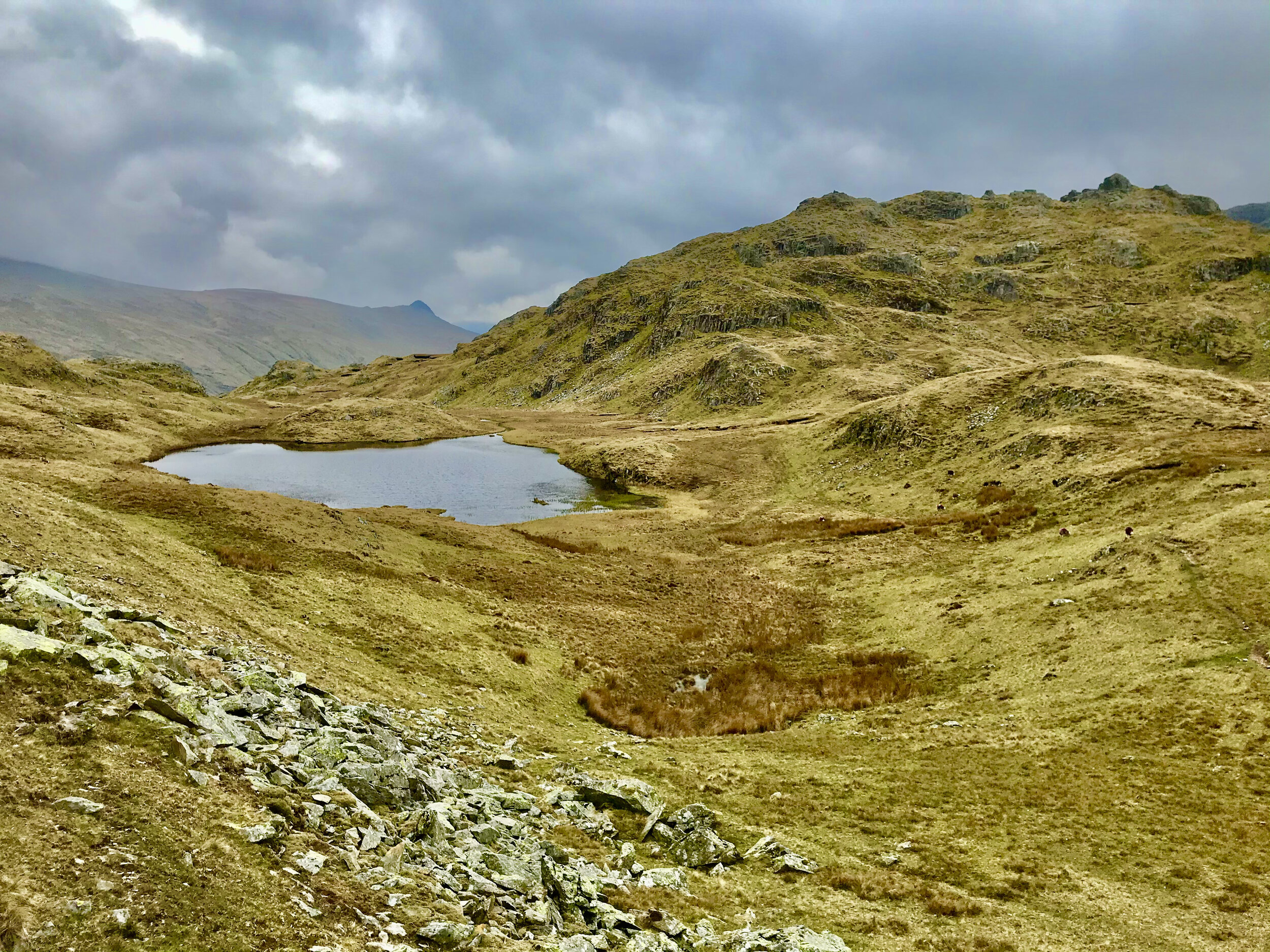Coping with adverse weather conditions : Heat
/sunrise over kirk fell after a 3.30am start
Now that the days are lengthening and warming, this is the second blog in a mini series focusing on how to cope in adverse weather conditions, this time hiking in the heat.
Plan your day
A little bit of forward planning will help you to enjoy, rather than suffer through, your day. Check the general weather forecast and the mountain forecast if you're hiking in the hills. It can still be very warm outside the summer months and if it looks as though it's going to be hot, then think about what it is you're planning to do and be prepared to change your plans if necessary. The hottest part of the day is usually from about noon to 3pm, so plan to set off early and be back before the heat of the day starts to build. If you do find yourself out in the heat of the afternoon, perhaps rest in the shade for an hour or two. We've started walking at 3am in the heat of summer on a couple of big mountain days which was lovely and meant we were back by 10.30/11am just as people were starting their walks. Try to plan a walk which has plenty of shade or woodland or is even near water if possible.
Choose your clothing
Do wear appropriate, loose fitting clothing. Wicking Tshirts are great for 'wicking,' or taking sweat away from your body as I've found a cotton Tshirt tends to stay damp and sticky which isn't very comfortable. Wear shorts or very lightweight trousers, summer weight walking socks and always wear a hat. Mine has a brim all the way round and my hair protects the back of my neck, but Bro wears a baseball cap which he either turns round to cover his neck, or wears a Buff. A light, long sleeve top will protect you if you are prone to burning rather than tanning and you can also get wicking underwear, although we tend to stick to plain cotton. Make sure your socks are wool and cushioned, as cotton socks can rub and do make sure they fit properly or the chafing and rubbing will be intensely painful. You could take a spare pair of socks as it's lovely to take your boots and socks off, let your feet air and dry out, then put fresh socks on. That should help prevent blisters too. We don't tend to wear trail shoes as our boots are fairly lightweight anyway, but avoid waterproof or leather footwear as your poor feet will sweat profusely which can, again, lead to blisters. Tie hair back, don't wear lots of make up or jewellery, always wear sunglasses and use plenty of high factor, regularly applied sunscreen and lip balm.
Consider your abilities
Make sure what you are choosing to do is suitable for your, and your companions,' abilities and fitness levels. Walking in the heat is draining and tiring and it isn't sensible to try and overextend a walk, hike, cycle ride or climb. Temper it to the conditions, the area and the time of day, and if you're not keen on setting off very early, consider making it a shorter day, or choosing somewhere shaded and more suitable. Avoid alcohol and overly excessive exercise.
Hydrate
This has got to be one of, if not the, most crucial elements of any warm or hot day in the outdoors. I've said it before on this site, but if you're thirsty, you're already dehydrated. You must ensure you take more than enough water for the length of day. In the hills, there aren't always available water sources, so you should plan to take your own supply. You can filter water if there are sources to top you up, but it must be filtered or purified before drinking, however crystal clear and tempting a stream might look. Take small regular sips rather than huge gulps every so often. Electrolyte tablets dissolved in your water will help with replacing lost salts and minerals and make it taste better. However, over hydration is just as bad as dehydration. The colour of your pee will give you an indication on how hydrated you are; dark is not good, pale yellow is. For more information on recognising the symptoms of, and how to deal with, sun related conditions, visit the NHS website or talk to your doctor or health provider.
Cool down
Your body will need time to cool down as it will be working extremely hard and muscles can cramp with excessive sweating, so stay out of the sun as much as possible, rest, snack and cover up. Soak your hat or Buff in any cold water you find and it will cool your head nicely, or dip your hands and feet in. Filling your hat or cap and tipping it over your head is especially refreshing. You could even soak a Tshirt in the same way, but perhaps that's more for the men!
Rest
Try to find a shady spot, take your pack off and lie down, or sit down at the very least and take more breaks than you might do ordinarily. This will make your day longer and possibly slower, but you may well feel better for it. An umbrella may look a little odd in the hills, but it could provide vital shade for when you sit and have a break if there are no other options. We did this once on a very, very hot day on Harter Fell in Eskdale feeling a little foolish, but it proved to be utterly invaluable.
And finally..
Always let someone know where you’re going, especially if you’re walking, hiking, climbing, running or cycling alone. Know how to call for help and carry a whistle and head torch in case you start running out of daylight. Be prepared to simply not go if you feel it's going to be too hot, too far, too high, too exposed or too much for you and/or your companions. Much better to wait for a cooler day and enjoy it properly.
dawn on hardknott on what was a very hot day
a perfect swimming spot




































